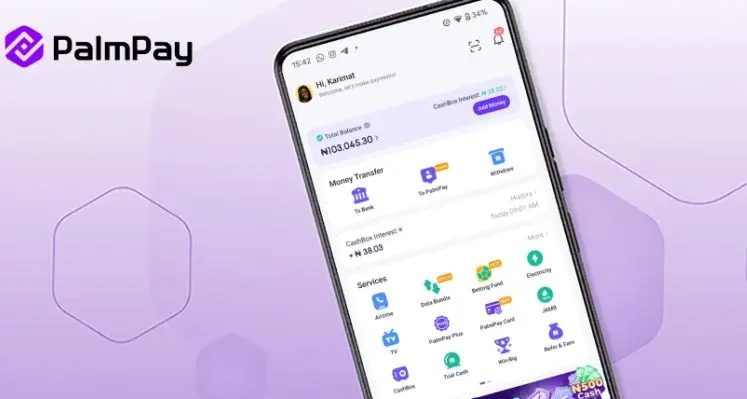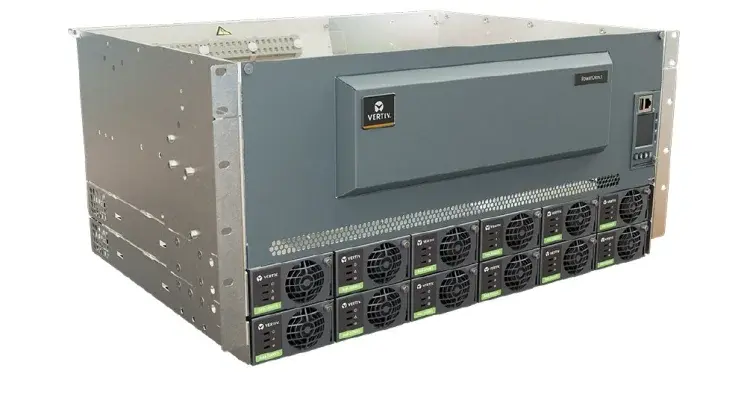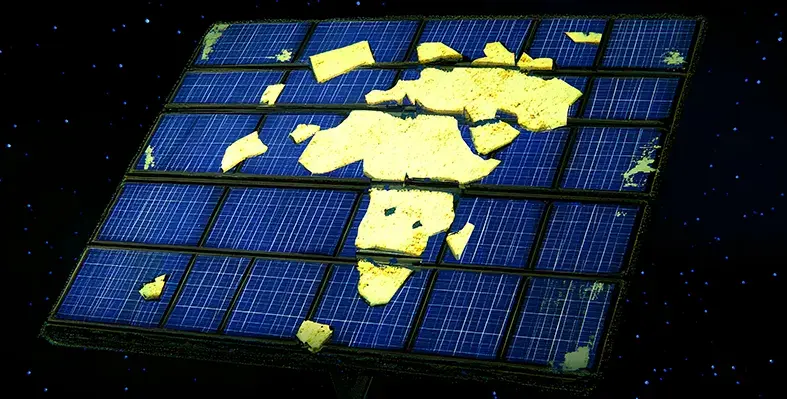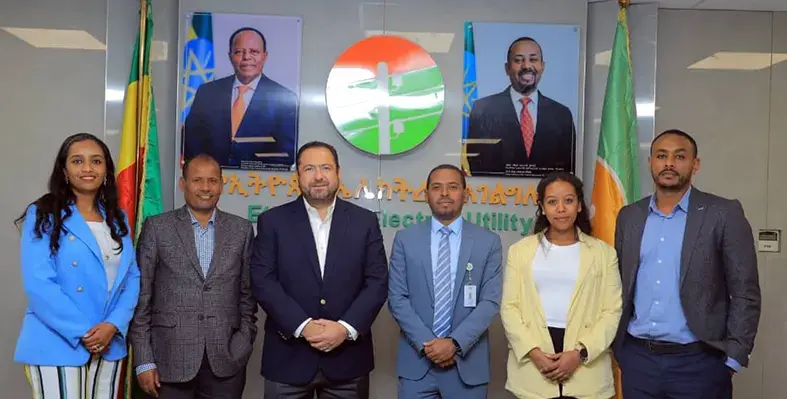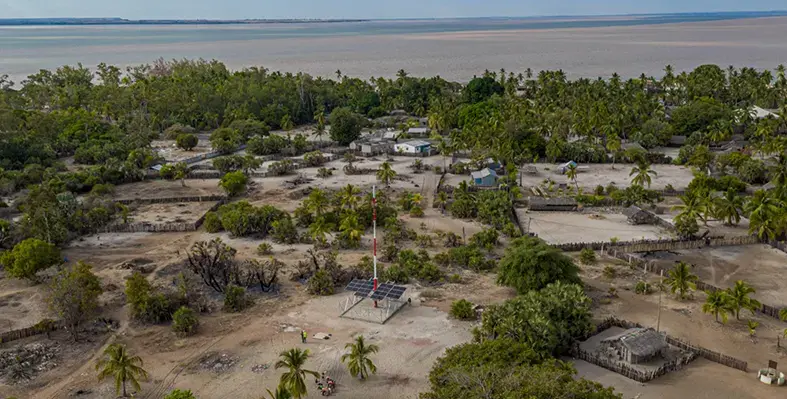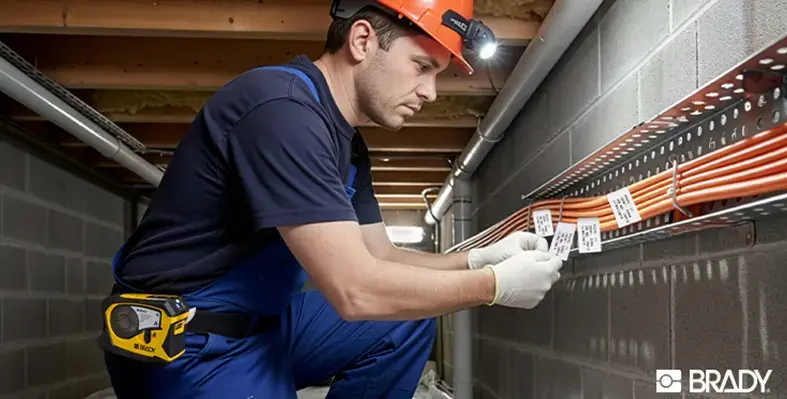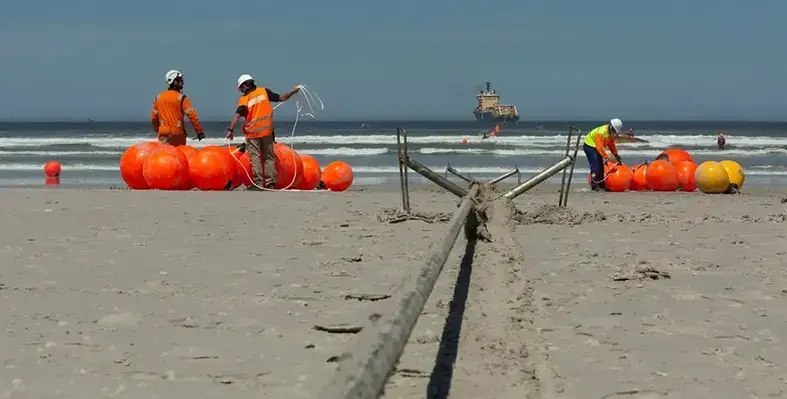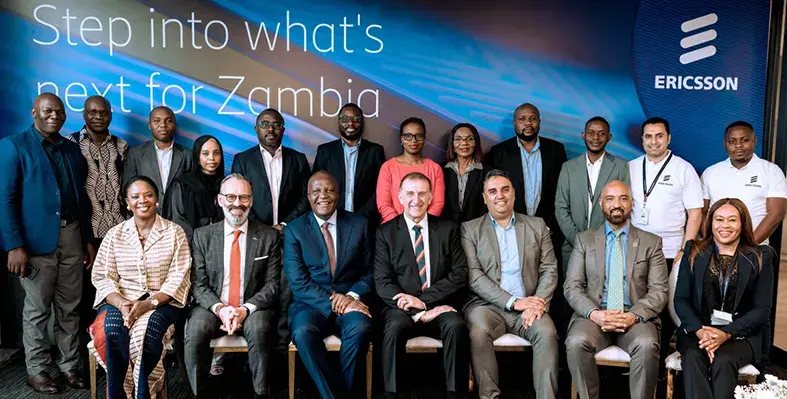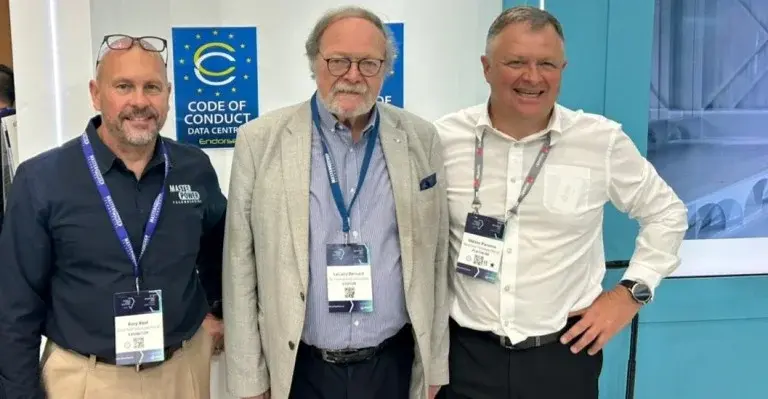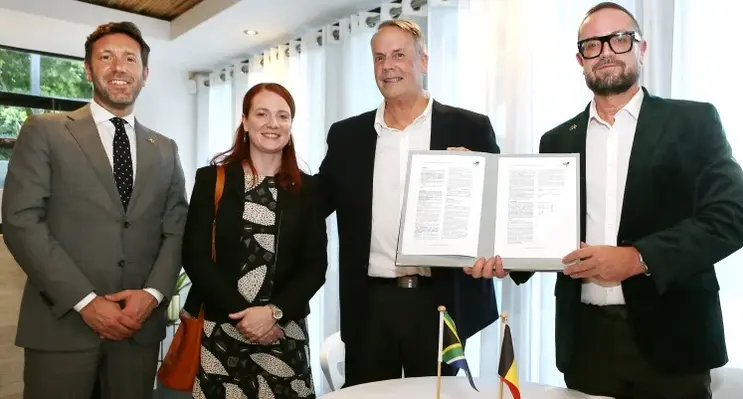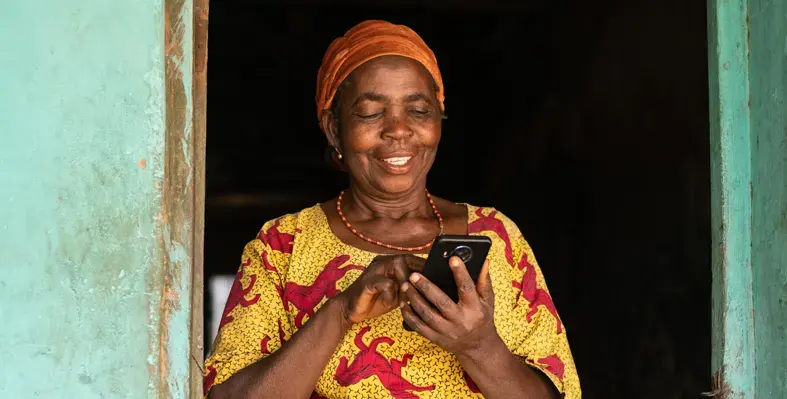Hamad Al Mannai, vice-president commercial, EshailSat, spoke to Communications Africa (CAF) about satellite prospects in the Middle East and North Africa region
CAF: Is satellite broadcasting a growing market in MENA? Why?
Al Mannai: Direct To Home broadcasting in the Middle East and North Africa has predominantly been a free to air service on satellite. Middle East and North Africa has a huge population but has low Pay TV penetration. Other than a handful of countries in MENA, such as Qatar, UAE, Bahrain and Turkey, all other countries in the region have lower than 20% pay TV penetration. This will change over time as more and more premium content and channels enter the market, especially sports content.
Sports, News and Entertainment channels are the most popular genres on satellite television in MENA. Demand for live sports content is always going to be high for the sports fans, and with rights holders increasing their portfolio of sports feeds to be carried live in this region, satellite distribution will be crucial to support this growth. We also noticed consumer demands for newer Arabic and Turkish entertainment channels have been on the rise.
Other than the few countries mentioned above, most other countries in the region come under the lower income bracket with little disposable income that they can use for other forms of content consumption, be it OTT or IPTV. Given the demand for sports, news and entertainment channels and the need for majority of them to be in FTA, we believe there is still room for growth for broadcasting via satellite.
CAF: How complex are the demands of satellite newsgathering? How do you meet them?
Al Mannai:Having instant access to news is very important for consumers and having live pictures of the events unfolding in high quality is even more important. For newsgathering teams, it is vital they have the right tools to take with them to any part of the globe and be able to send signals back to the studios.
Satellites are unquestionably advantageous for news gathering services, due to its ubiquitous coverage, and it can reach any part of the globe especially where terrestrial infrastructure is limited or non-existent. With advancement is technology, the news gathering teams are able travel to remote locations with portable transmitters and set up quickly and be up and running in a matter of minutes.
Challenges come in various forms for news gathering, such as lack of trained staff on field to set up the news gathering equipment, having pointing errors when transmitting to satellite, having inadequate satellite bandwidth available when required, managing multiple capacity bookings, etc. Having trained personnel on field addresses some of these challenges, however we have trained engineers in our 24x7 control center to guide the field team to get on to the satellite, make sure the signal levels sent from remote locations to the satellite are as planned, allocate satellite bandwidth as booked, and monitor the signal off the satellite. Once the initial set-up is done, satellites will provide reliable connectivity and is the best medium to send signals from remote locations.
CAF: Is satellite capacity ever a problem – or has it continued to meet demand?
Al Mannai: Frequency spectrum for satellites is a finite commodity. Hence there is always a limit to the capacity available on a satellite or orbital location. However, utilising various frequency bands such as Ku band, Ka band and C band for different applications, we can meet the demands from broadcasters and telecommunication companies and enterprises.
Long term success of a satellite operator is dependent on building scale. Hence having multiple satellites in adjacent or similar orbital locations is a prerequisite for commercial success and it also adds needed capacity to support customer needs.
Technological improvements on ground equipment with improved efficiency enables customers meet the said service requirements with less satellite capacity, which then enables satellite operators support other customers with the remaining capacity.
In addition, innovations on satellites payload such as on High Throughput Satellites also provide customers with improved efficiency to be able to get higher throughput of up to 400% from the same capacity. With all of the above and other innovations, satellites will continue to meet the capacity demands from the market.
CAF: What business and corporate services do you offer that fixed or mobile cannot?
Al Mannai: The advantages of satellites are that it offers cost effective, reliable, instantaneous and multi-point connectivity. For businesses and corporates with remote offices, it provides the best way for the HQ to connect, collaborate and share critical information with the remote personnel.
Corporates use satellites for fast and reliable connection through a private network to remote and offshore facilities to monitor remote assets and share important information.
It keeps remote workers connected to the enterprise network for internet, emails, voice, data and corporate network and office applications. The nature of the satellite network is such that, it provides secure connectivity, with high quality of service and with redundancies within a private network.
CAF: Why is satellite backhaul an important part of GSM cellular provision in your markets?
Al Mannai: Communications requirements in MENA are expanding dramatically with demands for connectivity anytime anywhere being a prime driver for telecom operators to expand service beyond the urban areas. Expanding services beyond urban areas in MENA is difficult, given the vastness of land and harsh conditions in the desert regions. It becomes difficult for the telecom operators to justify high expenditure to implement, operate and maintain terrestrial backhaul infrastructure such a fibre or microwave links.
Backhauling telecommunication services via satellite can connect mobile base stations quickly and cost effectively, bringing bandwidth to remote areas reliably. It can provide flexible and scalable solutions and can seamlessly connect any region within the coverage area.
CAF: What sort of advances in satellite technology are on the way that could benefit your customers?
Al Mannai: Some of the advances that would help the satellite operators and ultimately the customers are electric propulsion satellites, high throughput satellites and dynamic software defined satellites. Electric propulsion satellites cost less to manufacture and launch, due to the reduced mass of the satellite. This, in turn, can potentially reduce the cost per MHz for the customer.
High Throughput satellites, as explained earlier, provides customers with improved efficiency to be able to get higher throughput of up to 400% from the same capacity. Customer are able to use less capacity for the same throughput and hence provide improved service or improved price to their end users.
Dynamic software designed satellites are the next big step to providing customers with dynamic flexible focused beams to suit the customer needs. This enables customers to better utilise the power from the satellite, focus the beam on their area of interest and switch it or redefine it if the requirements change.
CAF: Which countries do you serve in Africa?
Al Mannai: Our main area of coverage is the Middle East and North Africa. In North Africa, we cover from Morocco in the West to Somalia in the East and the regions in the Sahara belt. At present we do not cover sub-Saharan region.
CAF: What is your coverage area today? Do you plan to expand it?
Al Mannai: Although the coverage with our satellites is currently limited to the Middle East and North Africa, we do cover other regions by extending our footprint working with our partners. Mainly in the Indian Ocean region, Southern and Eastern Europe. We are also actively working to extend our coverage with new satellite programs and partnerships.








